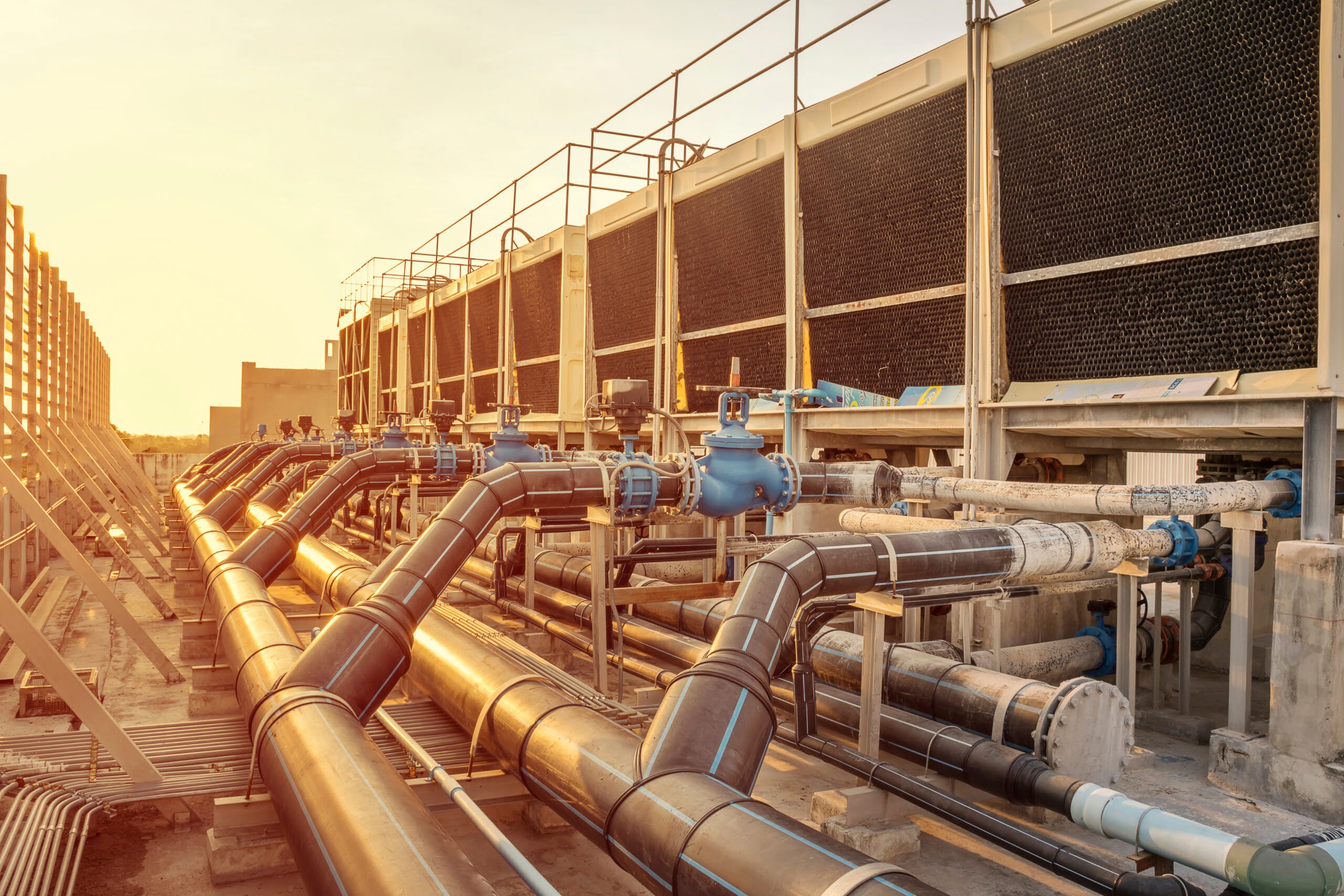
Will data centres reach their carbon neutral target by 2030?
Will data centres reach carbon neutral by 2030?
Data Centres are among one of the more ambitious industries looking to become carbon neutral by 2030 — twenty years ahead of the UK’s own net-zero goals. As part of the Climate Neutral Data Centre (CNDC) Pact, those who have signed up to this goal are to be completely carbon neutral by 2030, with their first milestone of having three-quarters of their energy use being renewable or carbon-free by 2025.
With such an ambitious target, coupled with various blockers and challenges to overcome, will data centres reach carbon neutral by 2030?
Are Data Centres feeling the heat?
It’s well known that data centres, whilst they are growing at an exponential rate and will power our future technology, face huge energy challenges. From navigating the current unpredictable market to upgrading dated infrastructure, it can be challenging for energy managers to find the delicate balance between supporting current needs for the right price, and finding budget, time, and resource to invest in carbon neutral activities and technologies whilst staying competitive for their clients.
For legacy data centres, the challenge is more apparent as upgrading infrastructure in line with carbon neutral aims can be difficult to obtain board approval, due to the significant cost, resource, and other business priorities. Upgrades may need to be made in several areas for older, more inefficient data centres who are also facing energy cost challenges. This can make the case for upgrading to more efficient technologies more difficult. However, the Return on Investment (ROI) will be far greater than those who are already somewhat efficient.
For newer, more efficient data centres, there may be less low-hanging fruit when it comes to making energy efficiency measures. However, more still needs to be done to decarbonise and meet the 2030 target and there are still plenty of opportunities to do so.
Efficiency upgrades
Cooling is an area that many data centres find difficult to improve, particularly in warmer climates. Cooling takes a substantial amount of energy and in turn generates heat that either needs to be expelled or cooled again.
But new, more efficient ways of cooling data centres and reusing the heat generated are being developed every year. Microsoft tested their underwater data centre concept and found surprisingly good results. The ocean offered a better environment for the servers and Microsoft found the failure rate was one-eighth what it was on land.
Immersion cooling is another option for those who don’t have the option of underwater data centres (yet). By submerging components or servers in a thermal liquid or by using natural ventilation can help reduce the costs and inefficiencies of cooling.
Relying on diesel backup generators to ensure 24/7 uptime is also another challenge many data centres are hesitant to tackle. There are concerns around reliance and up-time of battery storage and green generators. Being able to maintain up-time 24/7 is vital to a data centre business but by utilising a combination of battery storage coupled with on-site generation, this can also be brought into the carbon neutral future.
However, even with all these upgrades to tackle inefficiency, will data centres reach their 2030 carbon neutral target?
Is the 2030 carbon neutral target out of reach?
Making fossil fuel carbon emissions more expensive for businesses will open up market share for low-polluting businesses across all industries. Those who can decarbonise faster will be able to take advantage of this and offer more attractive pricing, earning them more revenue and better competing with others in the process.
Alongside this, more and more data centres are seeing pressure from their supply chain to produce green credentials for Scope 3 emissions as more businesses work towards their own net-zero targets. This increased pressure from both up and down the supply chain, along with pressure from investors and board members will mean data centres who can achieve the 2030 target or earlier, will come out on top.
As for the target being reached by all data centres by 2030 — we will just have to see. But those looking to take part in this carbon neutral race, will need support from a trusted energy and carbon consultant.
Inspired can help support your data centre with its carbon aims and our PUE calculator can help you identify and improve your cost and carbon saving efforts.
Find out your PUE score today or get in touch with our experts on 01772 689250 or email [email protected].










